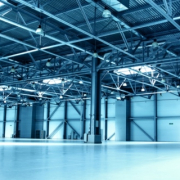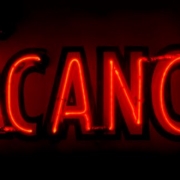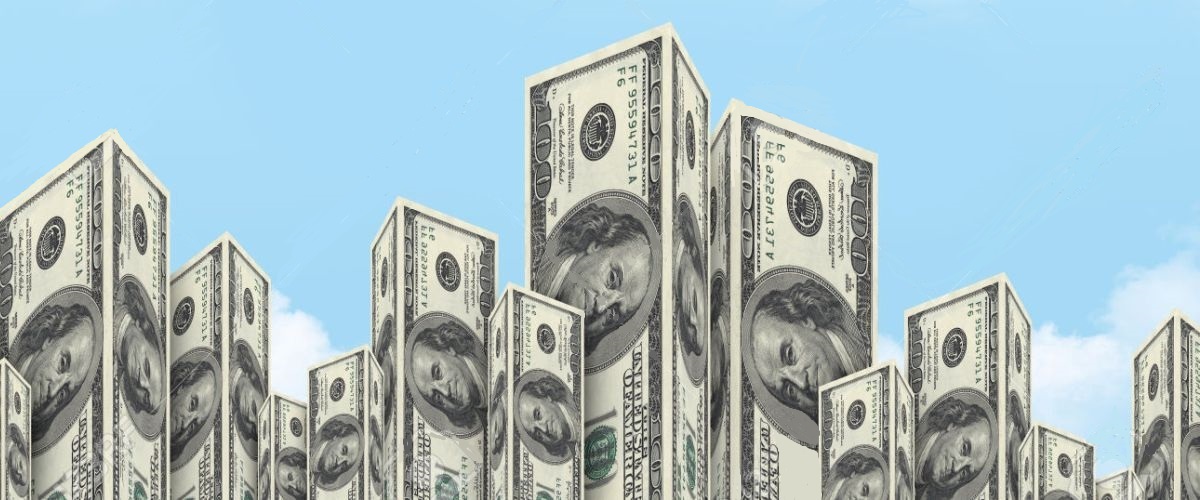CRE’s Shockingly Strong Third Quarter
CRE shattered performance records in the third quarter, driven by household wealth and record demand.
“Some of the results are shocking,” Marcus & Millichap’s John Chang says. “I anticipated strong commercial real estate momentum in the third quarter as the lockdowns had pretty much ended, new households were being formed, spending had increased and companies were shifting their positioning toward stronger growth—but I was still surprised. At the start of Q3, many companies were taking a wait-and-see approach, and leasing was soft.”
But despite that, about 26 million square feet of space was leased in Q3, on par with the quarterly pace of demand from 2018 and 2019. That brought vacancy down 10 basis points to 16.1%.
“Expectations for retail were positive going into Q3, but I don’t think they were very optimistic,” Chang says.
But the sector outperformed, filling 28 million square feet of space in the quarter and posting the best quarterly absorption numbers since 2017. Total occupied retail square footage is now officially back above pre-COVID levels, and vacancy fell by 20 basis points. Average rents also rose 2% year-over-year.
“I wouldn’t say the retail real estate sector is crushing it, but compared to most people’s perception, retail is outperforming expectations and also surprised to the upside,” Chang says.
As for apartments, 273,700 units were filled in the quarter, a record absorption number for the sector. Developers are on pace to deliver a record 400,000 units this year, and the national vacancy rate hit 2.8% for the quarter. Rents are also up 11.2% year-over-year.
“I don’t think anyone was expecting an all-time low vacancy rate and double-digit rent growth,” Chang says.
And in the industrial sector, rent growth was up 3% quarter-over-quarter and 8% year-over-year, in alignment with most forecasts. The surprise? Absorption: 157 million square feet were absorbed in the quarter, bringing the annual total to 364 million square feet so far. That shatters 2016 highs.
“The third quarter delivered better than expected results with some record-breaking space demand numbers,” Chang says. This will likely add more fuel to investor optimism, especially in the office and retail sectors where expectations have been more modest.”
Chang has said he expects the momentum continue into the end of 2021. Supply and demand trends remain favorable, and active investors continue to price strong growth into their underwriting, particularly for industrial, self-storage and apartment properties.
Source: GlobeSt.











